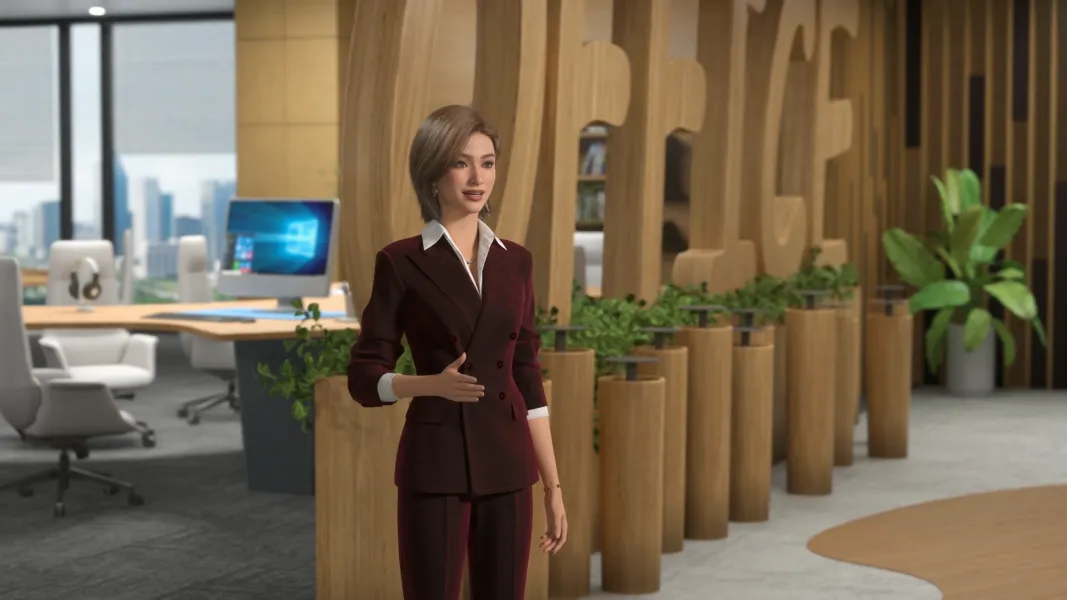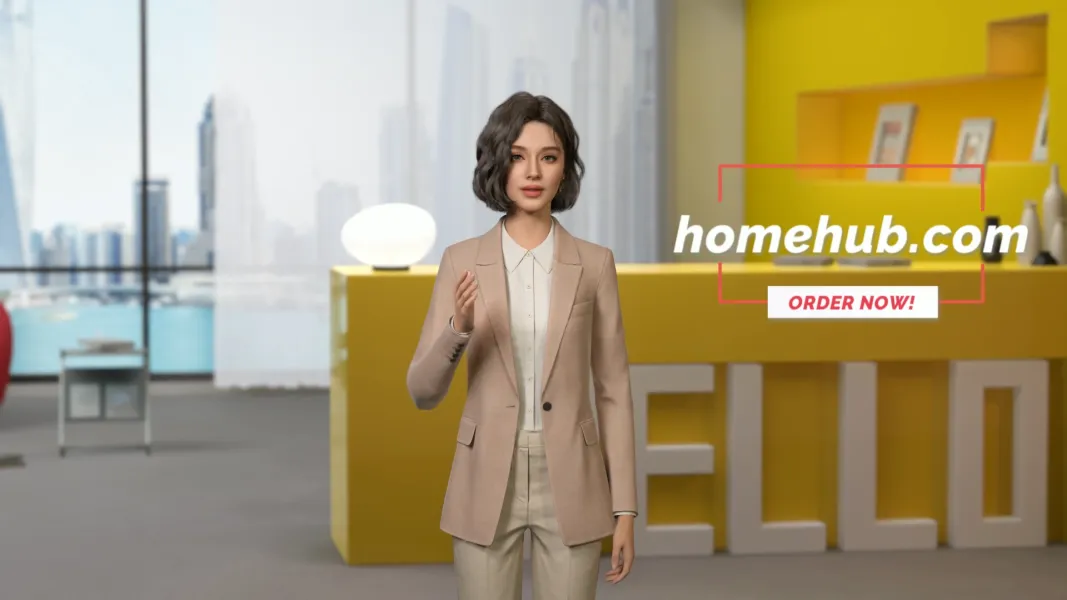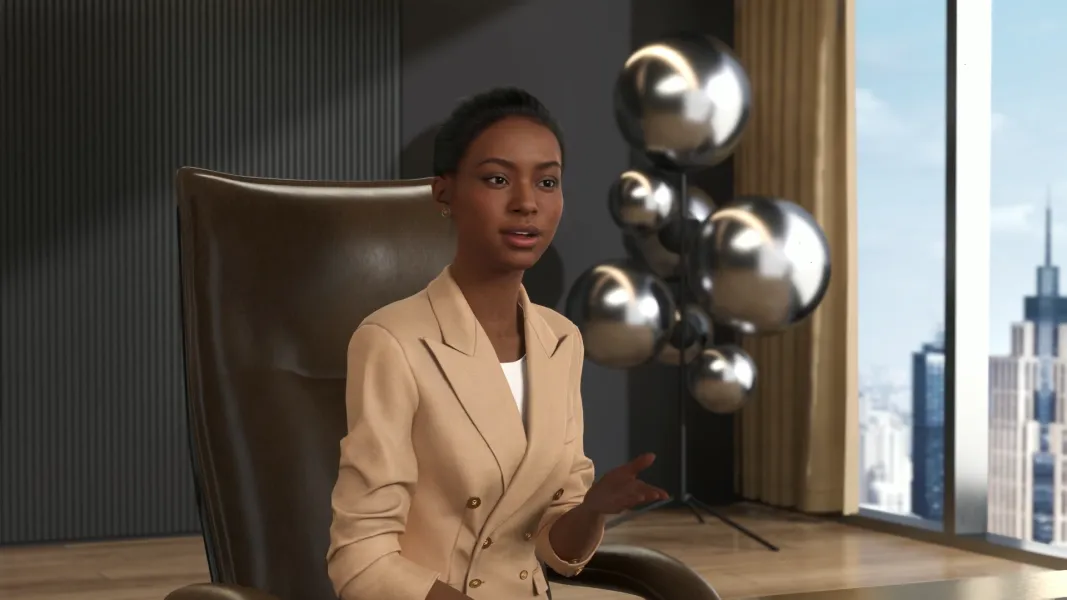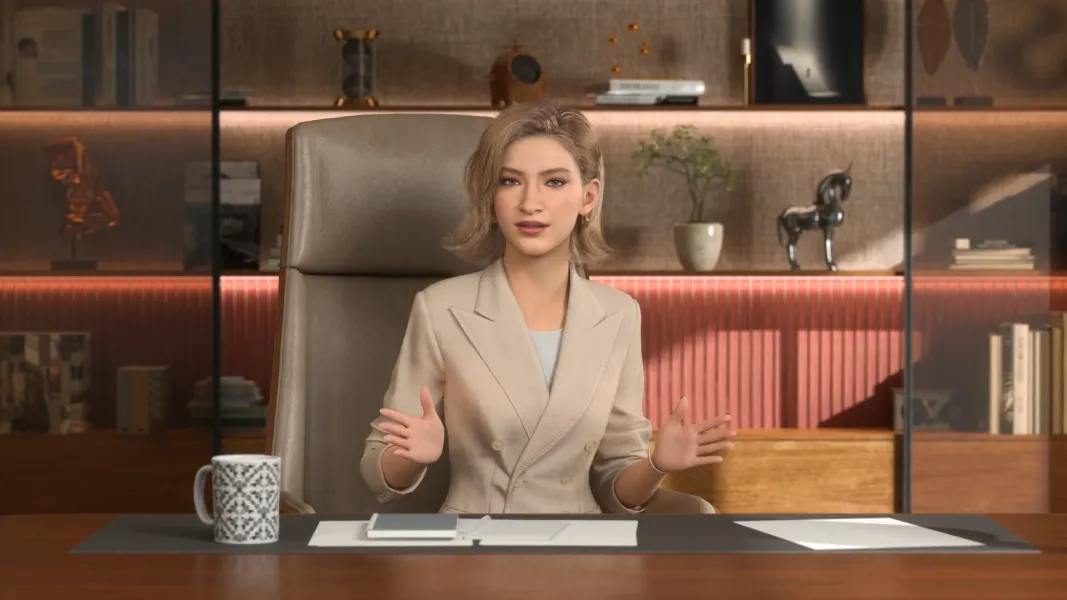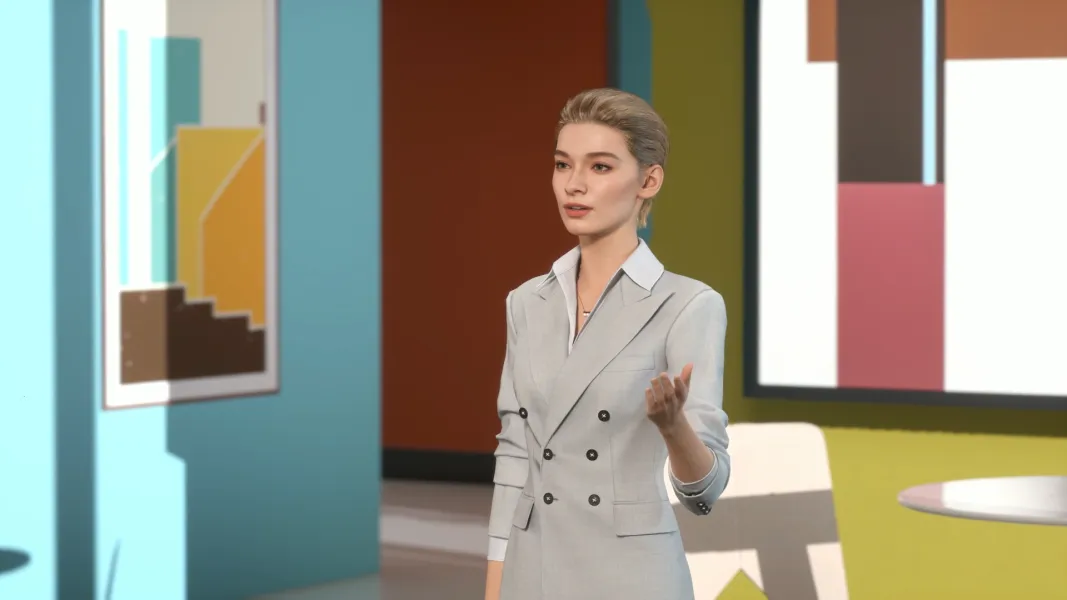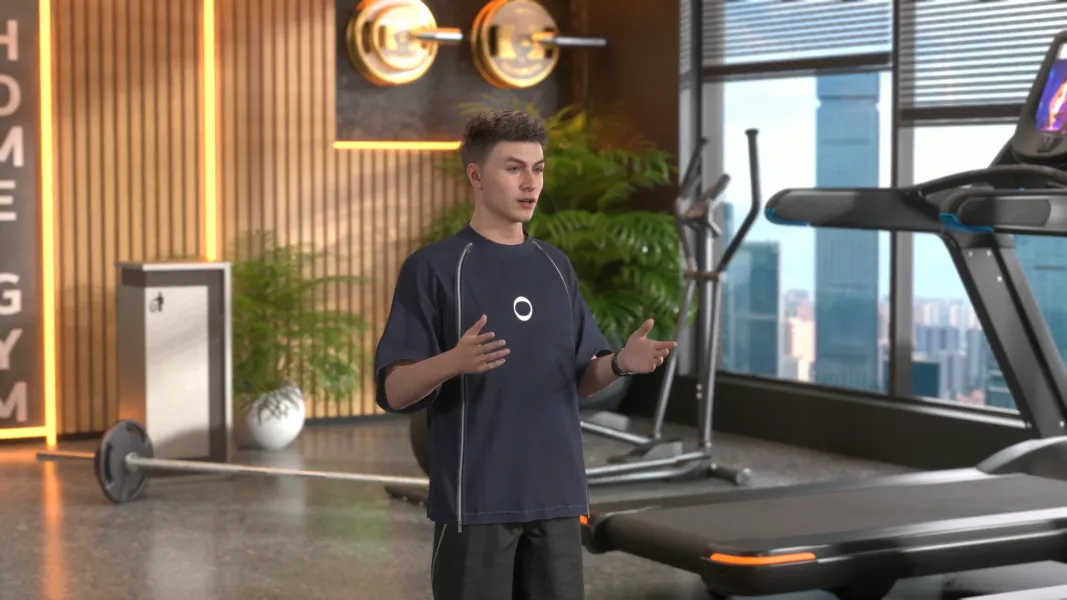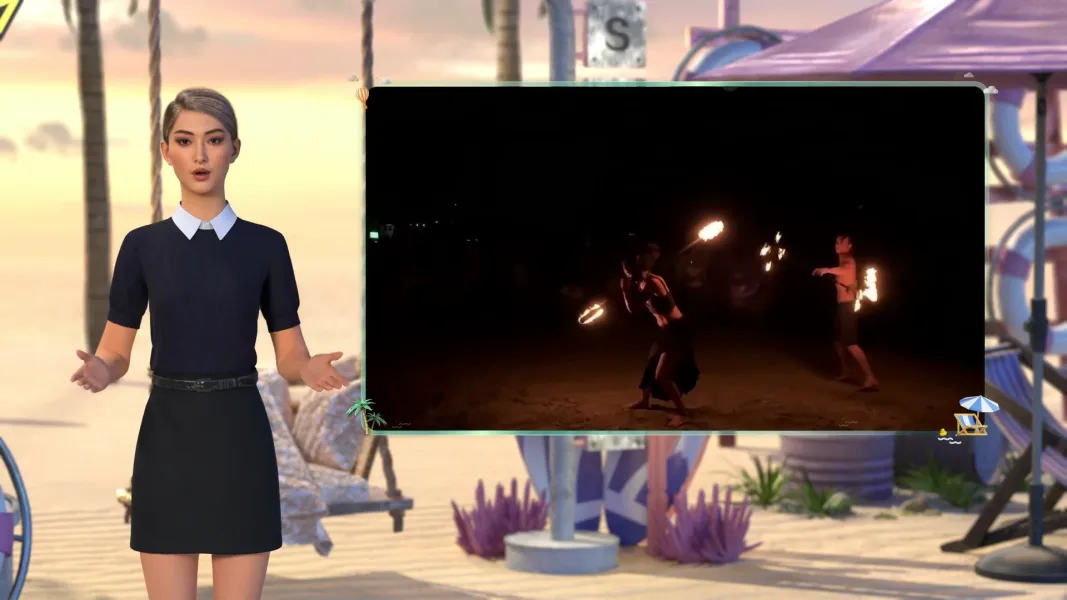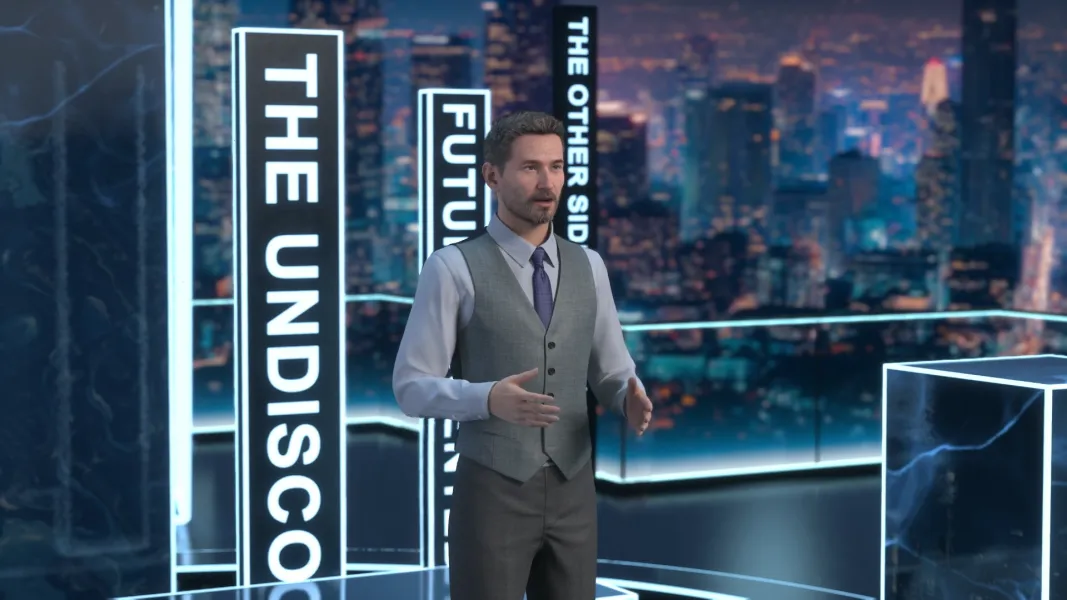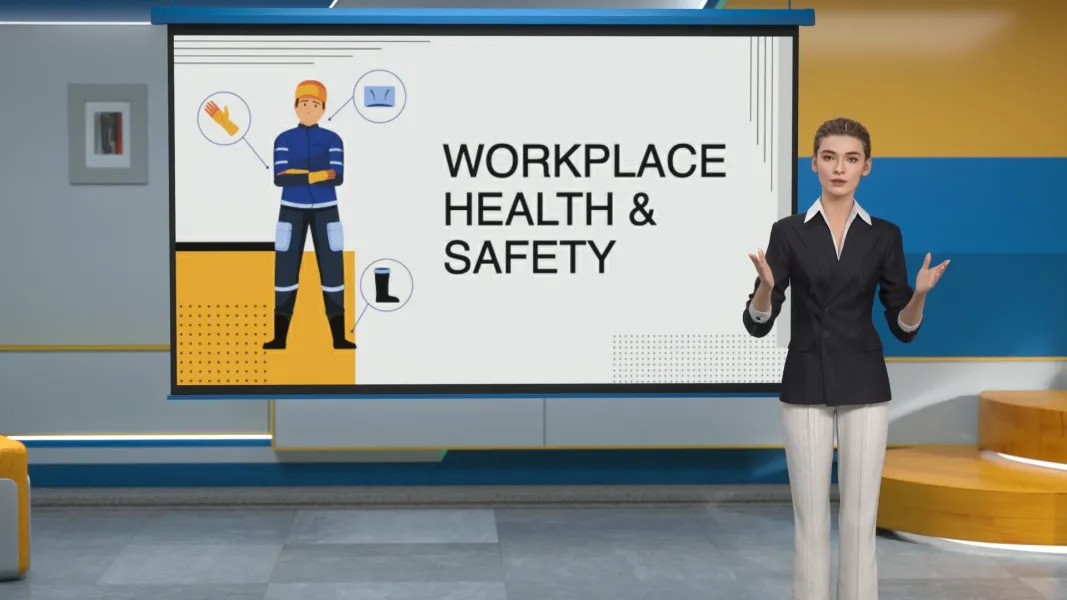Explanation
 Rendora Studio
Rendora StudioWide shot, full shot, medium shot, medium-close, close shot, and close-up: How should we choose the right shot type when filming or taking photo during travel?
Hello everyone, I'm Christina, a photography enthusiast. Today, I'd like to share some insights with you about different shot types.
First, let's talk about the wide shot. Wide shots are usually captured with a wide-angle lens, allowing you to create a composition that offers a broad view with a strong sense of spatial depth.
In practical travel photography, a wide shot can immediately help the viewer understand the location of the scene.
Additionally, wide shots can also convey emotions, such as feelings of loneliness, insignificance, or being isolated. Now, let's narrow the field of view a bit—this brings us to the full shot. A full shot captures the entire body of a person, allowing you to see their full range of movements. It also uses the background to enhance the mood, though it may lack detail in facial expressions and finer features.
If we want to further capture the subject's actions and presence, we can use a medium shot.
The medium shot is also known as the "cowboy shot," a term derived from classic Western films, where the character's holstered gun or gun belt needs to be visible in the frame. The point of cowboy shots is to present the character with a sense of confidence, while also allowing the viewer to see what's happening around the waist and hips.
Now, if we move in closer and capture the subject from the waist up, we'll transition to a medium close shot.
This shot is mostly used in travel photography. It resembles how we see the world with our eyes. This perspective allows you to capture both the surrounding environment and the subject's facial expressions clearly, making it ideal for developing narrative elements in travel photography.
Next up we have the close shot. If the subject is a person, the close shot starts at the shoulders and ends at the top of the head, showing greater detail to the viewer. Compared to medium shot, the subject's expression becomes the focal point of the frame. This type of shot is best for highlighting the character's personality and conveying their individual traits.
Finally, if we want to express the subject's inner emotions in the most intense way, we need to use a close-up.
Close-ups have a powerful visual impact, and their appropriate use can create a strong emotional experience for the audience.
Alright, that's a brief introduction to shot types for today. Feel free to discuss and share your thoughts in the comments section. See you next time—goodbye!
